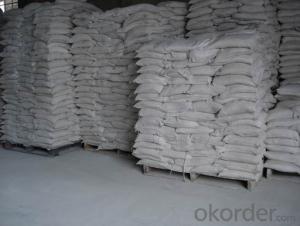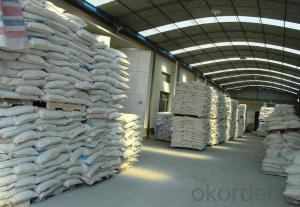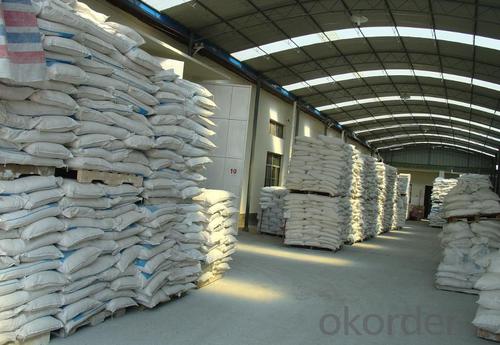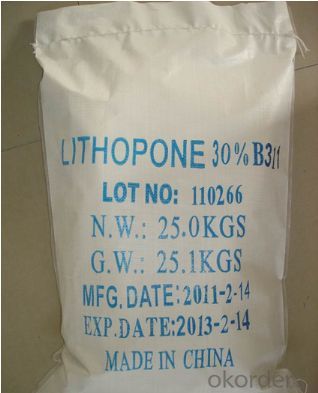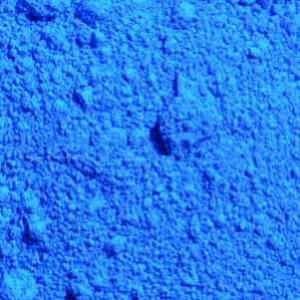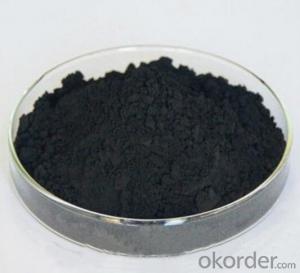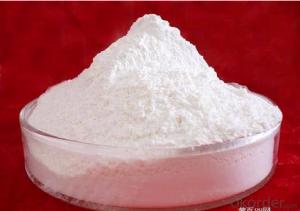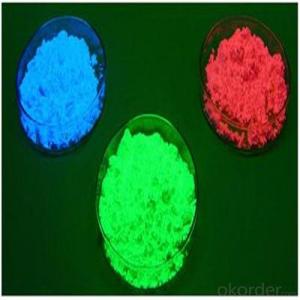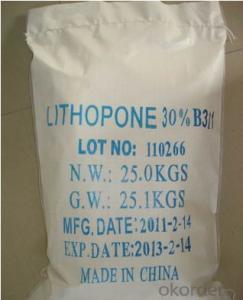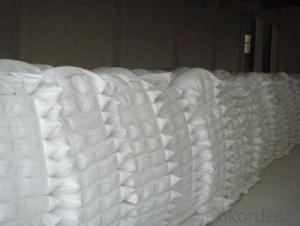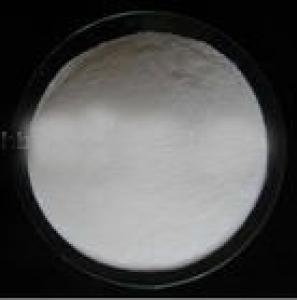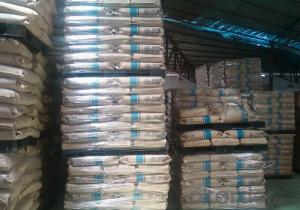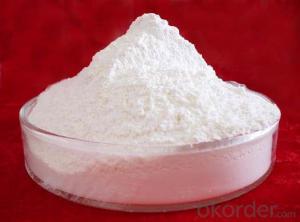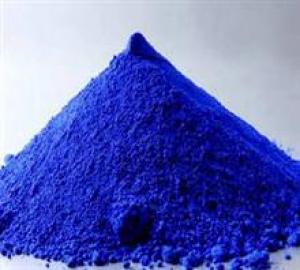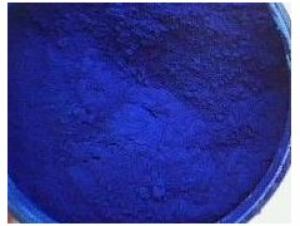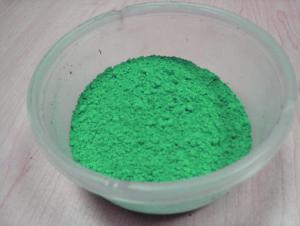Lithopone 28% 30% B301 Lowest Price Best Quality
- Loading Port:
- Tianjin
- Payment Terms:
- TT OR LC
- Min Order Qty:
- 20 m.t.
- Supply Capability:
- 2000 m.t./month
OKorder Service Pledge
OKorder Financial Service
You Might Also Like
Specifications of lithopone pigments B301
Lithopone B301 30% ZnS and barium sulfate: min. 99%
Features:
1) ZnS and barium sulfate: min. 99%
2) ZnS: min. 30%
3) Zinc oxide: max. 0.3%
4) Color compared with the standard sample: superior
5) Tint reducing power, compared with the standard sample: min. 100%
6) Volatility at 105°C: max. 0.3%
7) Water soluble matter: max. 0.4%
8) pH value of aqueous suspension: 6.0 - 8.0
9) Oil absorption: max. 12g/100g
10) Hiding power: not less than 5% of the standard sample
Appearance of Lithopone:
A white, odorless powder. Insoluble in water. It’s has good whiteness and envelop ability.
Properties of Lithopone:
This product is a kind of new-style nontoxic. Green non-pollution, lithopone than traditional lithopone albedo high, hiding power, fineness and high-temperature weatherability, strong characteristic.
ITEM | Specification | |
B311 | B301 | |
Total Zinc and Barium Sulphate %≥ | 99.0 | 99.0 |
Zinc Sulfide Content %≥ | 30.0 | 28.0 |
Zinc Oxide Content %≤ | 0.3 | 0.6 |
Tinter Reducing Power, Compared with Standard Samples ≥ | 105 | 100 |
105°C Volatile matter %≤ | 0.3 | 0.3 |
Water solubles %≤ | 0.3 | 0.4 |
Water suspension Ph-value | 6.0-8.0 | 6.0-8.0 |
Oil absorption,g/100g≤ | 10 | 14 |
Residue on sieve 63μm %≤ | 0.1 | 0.1 |
Application of Lithopone:
Mainly used of coatings, printing ink, rubber, plastic, powder, profiles, paint, paper, and leather, etc.
Package of Lithopone:
25kgs/PP bag,25MT/20’FCL
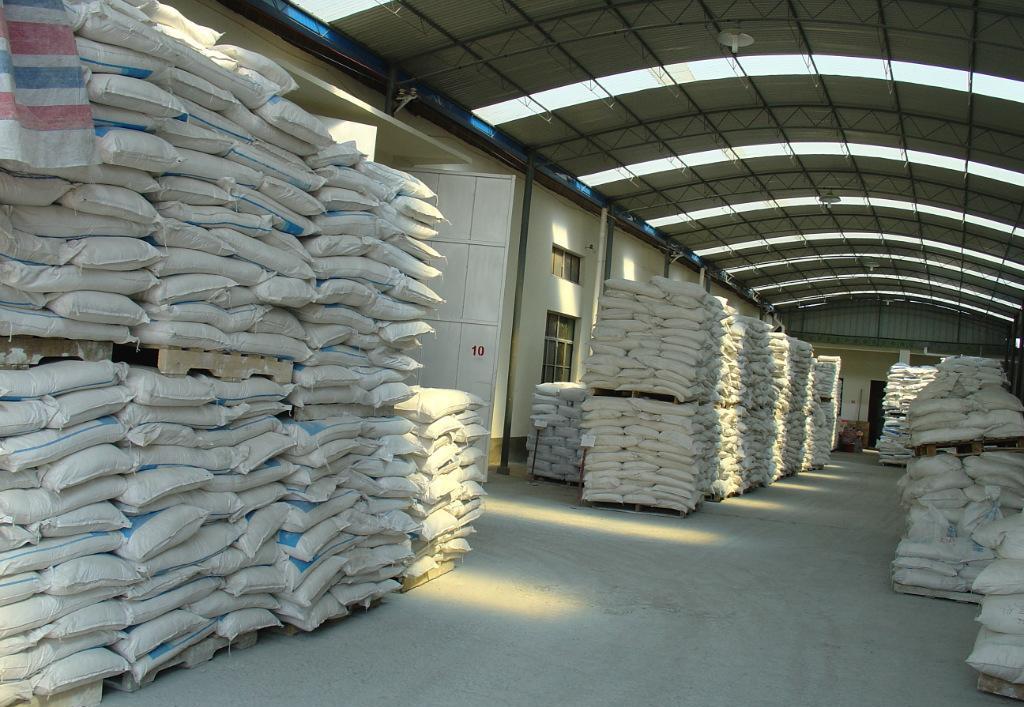
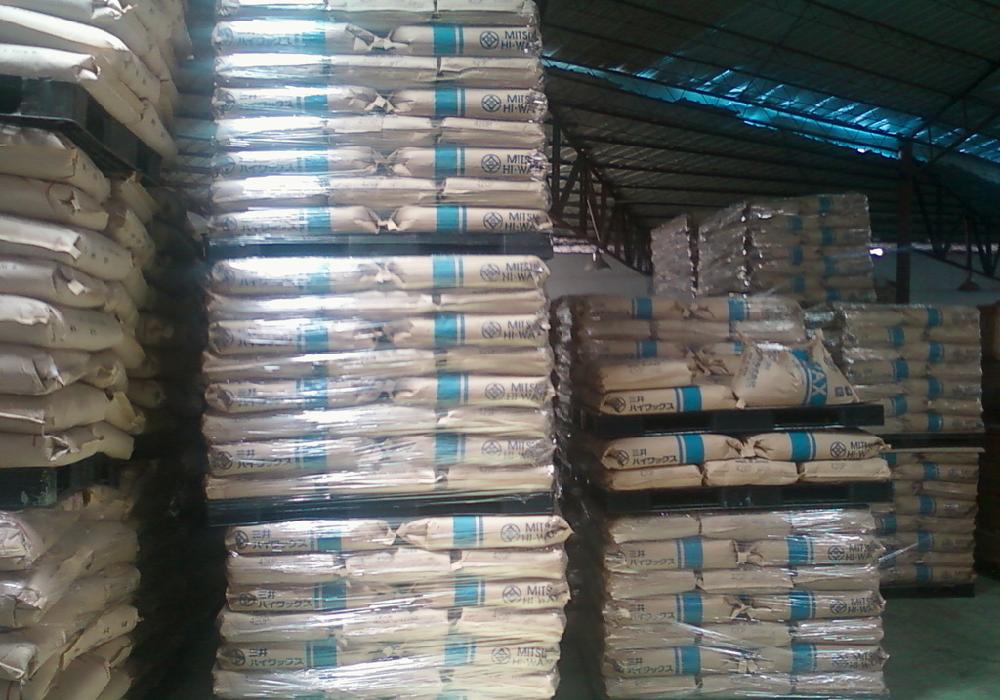
- Q: Please and thank you, it doesn't say so on the website.
- Mac Pigment Ingredients
- Q: Can some one suggest chemical pigments that can be easily made from chemicals available in a chemistry lab for a project?I need the name of the pigment, reactants required and chemical equations of reactions involved.I need atleast 5 pigments
- Typical pigments: carbon black (charcoal) titanium dioxide red iron oxide white lead cadmium red cadmium orange cadmium yellow
- Q: can the pigment know as Chinese purple form a matter wave in certain circumstances?
- Peaceful demonstrations, which are the sorts urge by governments, are just a way of letting the public let off steam safely without achieving anything. It is most convenient for them - every one has a jolly time, a bit of bantering, and we all go back to the status quo. Just like the House, a lot of empty debates, and the government just goes ahead and does what it wants. The public is beginning to become aware of the severe limitations of democracy as it is practised in the west. There are times, as the government claims, it has to do what has to be done, even though the actions may be 'unpopular', meaning they are not supported by the majority, and therefore undemocratic. Thus, we have supposedly democratic governments doing undemocratic things (and we accuse other countries with different systems of being undemocratic!). In such situations where democratic governments are acting undemocratically, the public surely has a right to resort to actions other than the ballot box (denied them anyway), or futile gestures. The government is supposed to represent majority will in our system; where it ceases to do so, it has lost its mandate, and, should arguable be replaced before the election comes round.
- Q: I Need a Bright Colorful High Pigmented Eyeshadow Pallet. i saw some on amazon. but Tehre Out Of stock. :[ Also i need bright colors like realllly bright
- Coastal scents has amazing makeup palettes! They have an 88 color or 88 color shimmer win every color imaginable. They are very bright and pigmented. They blend well, look great, stay on all day and ont cost around $19. They are $18. And some cents. Very worth it. Check them out.
- Q: what pigment are? give two example
- i need example sentences of pigment.. Thanks.. :)
- Q: ive been watching a lot of makeup videos on youtube and a lot of the girls use mac pigments. what exactly are they and how are they different from regular eyeshadow? are they easier or more difficult to use?
- they are a loose powder like consistency, and they're just that.. they're super pigmented!!! ut i have about 26 pigments (: most are mac, some other brands.
- Q: Compare and contrast pigment color with the color seen from a light. What is the difference between mixing pigment colors and mixing light colors?
- you notice pigments the colour you notice them, using fact they replicate a spectra of sunshine, with particular frequencies, and take up all others seen to the human eye. in case you combine distinctive monochromatic mild with distinctive colours (as seen on the television: purple, green and blue it quite is referred to as additive mixing, or magenta, yellow and cyanide that's the different technique) your retina will upload the colors up, and experience it as a distinctive shade. (by skill of including each and all of the three colours on an identical intensity, you are able to create white mild) while mixing pigments (they are chemical compounds) you get a clean cloth, which will replicate an different spectra of sunshine, which you will see as a shade
- Q: Can someone describe the role of accessory pigments in photosynthesis?
- help the primary pigments gather sunlight and adds color to the plant
- Q: What is pigment?
- mac pigments are multi use. they're probably most popular as eyeshadows, but can also be used on lips, cheeks, nails, and pretty much anywhere. the mac pro store sells several mixing mediums, to change the consistancy of the powder, for the different uses, or they can be mixed with water/visine/etc.
- Q: what are accessory pigments?
- Accessory pigments are light-absorbing compounds, found in photosynthetic organisms, that work in conjunction with chlorophyll a. They include other forms of this pigment, such as chlorophyll b in green algal and higher plant , while other algae may contain chlorophyll c or d. In addition, there are many non-chlorophyll accessory pigments, such as carotenoids or phycobiliproteins which also absorb light and transfer that light energy to photosystem chlorophyll. Some of these accessory pigments, particularly the carotenoids, also serve to absorb and dissipate excess light energy, or work as antioxidants. The different chlorophyll and non-chlorophyll pigments associated with the photosystems all have different absorption spectra, either because the spectra of the different chlorophyll pigments are modified by their local protein environment, or because the accessory pigments have intrinsic structural differences. The result is that, in vivo a composite absorption spectrum of all these pigments is broadened and flattened such that a wider range of visible and infrared radiation is absorbed by plants and algae. Most photosynthetic organisms do not absorb green light well, thus most remaining light under leaf canopies in forests or under water with abundant plankton is green, a spectral effect called the green window. Organisms such as some cyanobacteria and red algae contain accessory phycobiliproteins that absorb green light reaching these habitats. For more kindly click on the links below --- en.wikipedia.org/wiki/Accessory_p... en.wikipedia.org/wiki/Photosynthe...
Send your message to us
Lithopone 28% 30% B301 Lowest Price Best Quality
- Loading Port:
- Tianjin
- Payment Terms:
- TT OR LC
- Min Order Qty:
- 20 m.t.
- Supply Capability:
- 2000 m.t./month
OKorder Service Pledge
OKorder Financial Service
Similar products
Hot products
Hot Searches
Related keywords
